Renewable energy company threatens to sue Biden over endangered toad
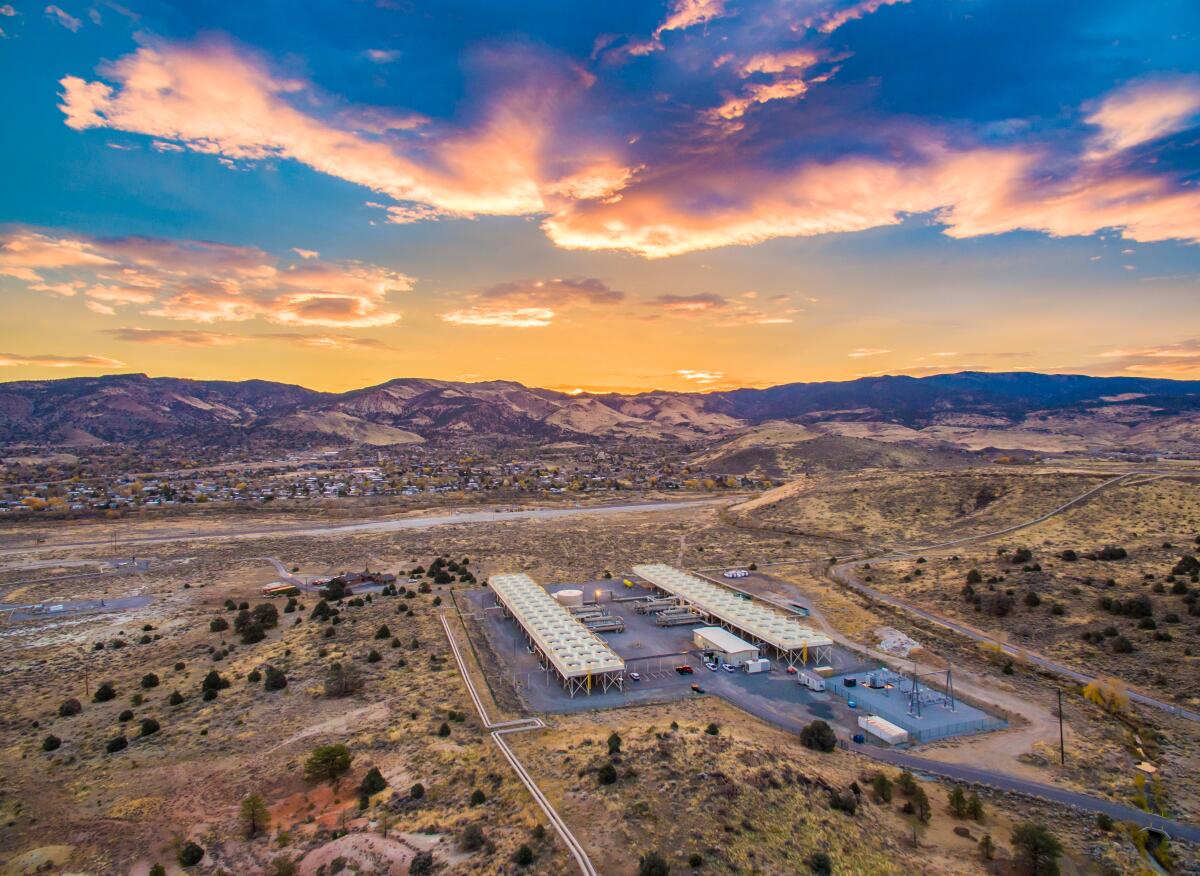
- Share via
This story originally published in Boiling Point, a weekly newsletter about climate change and the environment. Sign up here to get it in your inbox.
The nation’s largest geothermal power company is preparing to sue the Biden administration over its decision to protect a tiny toad, in the latest high-stakes showdown between renewable energy development and wildlife conservation.
In a letter to Interior Secretary Deb Haaland and the director of the U.S. Fish and Wildlife Service — a copy of which was shared exclusively with The Times — Ormat Technologies Inc. warned Wednesday that it would sue the wildlife service in 60 days if the agency doesn’t revisit its decision to declare the Dixie Valley toad an endangered species. That decision might otherwise derail Ormat’s plan for a Nevada geothermal plant that could potentially supply climate-friendly electricity to California.
Federal scientists say the 2-inch amphibian’s wetland habitat — the only place it’s found on Earth — is threatened by Ormat’s renewable energy project. The Reno-based company disputes that conclusion, arguing it’s grounded in shoddy science.
Paul Thomsen, Ormat’s vice president of business development, told me federal officials wrongly assumed his firm’s geothermal production would drain the nearby Dixie Meadows, when the company’s tests have suggested otherwise. He also said the Biden administration had illegally invoked the Endangered Species Act based on speculative future harm to the toad.
“For us, the precedent there is terrifying,” Thomsen said. “If this action were to stand, many renewable energy projects in the West could be thwarted simply based on a concern, with no evidence that they may impact a species in the future.”
“We’re being convicted of a crime that we haven’t committed,” he added.
To help avert the worst consequences of global warming — which is already fueling deadlier and more destructive heat waves, fires, droughts and floods — the U.S. must build huge amounts of renewable energy infrastructure at a breakneck pace.
But across the American West, endangered-species concerns have emerged as a key barrier to construction of solar farms, wind turbines, power lines and lithium mines that would supply electric-car batteries. Lawsuits and protests from conservation activists, Native American tribes and rural residents are poised to slow or block a growing number of projects.
Until recently, the geothermal industry was largely spared from those bitter conflicts. But no longer.
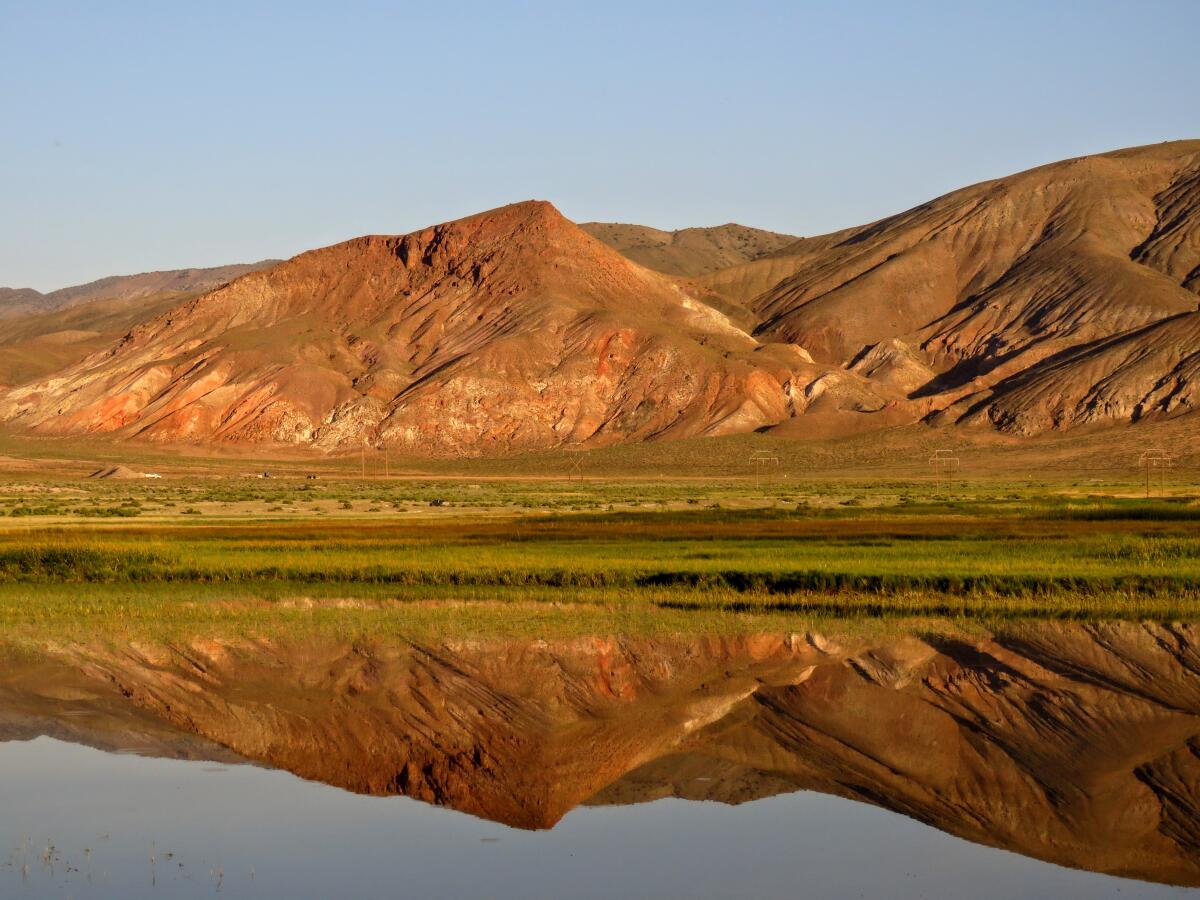
Geothermal power plants tap into naturally occurring pockets of underground heat. Companies such as Ormat drill thousands of feet underground to reach reservoirs heated to temperatures in the hundreds of degrees Fahrenheit, then pipe that super-hot water to the surface, where they use it to create steam strong enough to turn turbines and generate electricity. The cooled-down water is then pumped back underground, replenishing the reservoir and sustaining the renewable energy source.
Geothermal plants take up a lot less land than wind or solar farms, meaning they’re far less disruptive to wildlife habitat. They also don’t have towering turbine blades that can bludgeon birds or miles-long fences that can block migration routes.
Most U.S. geothermal production is in California and Nevada, largely due to the states’ location along the seismological “Ring of Fire,” where massive tectonic plates collide. Geothermal plants are costlier to develop and build than wind or solar farms, but they can generate electricity around the clock — crucial to meeting President Biden’s goal of 100% clean energy by 2035.
Los Angeles relies more heavily on the technology than any other major U.S. city, with nearly 10% of its electricity coming from geothermal. James Barner, assistant director of resource planning at L.A.’s Department of Water and Power, told me the city buys about one-quarter of the nation’s entire geothermal output — much of it coming from Ormat’s plants in northern Nevada.
DWP officials see a key role for more geothermal in replacing planet-warming fossil fuels. But they worry it will be hard to get.
Partly, that’s because developing new geothermal plants and building transmission lines to carry the electricity they produce to the L.A. Basin is expensive. And partly, it’s because of environmental concerns that conservationists have begun to raise.

Ormat’s contract to supply power to Los Angeles originally referenced the proposed Dixie Meadows geothermal plant as one of several facilities the company might use. The contract also mentioned Baltazor Hot Springs, another proposed geothermal plant that the Center for Biological Diversity says could threaten a rare butterfly species, the bleached sandhill skipper.
L.A. backed away from those projects “mostly because of the environmental impact,” DWP official Ashkan Nassiri told me.
“We did not want to take energy from those two specific projects,” he said.
How did geothermal plants start facing such rigorous scrutiny? Patrick Donnelly had a lot to do with it.
Donnelly is Great Basin director at the Center for Biological Diversity, and he’s led the charge to save animals and plants he says are threatened by geothermal development in Nevada. It was Donnelly’s group that first urged federal officials to protect the Dixie Valley toad under the Endangered Species Act, and later joined with the Fallon Paiute-Shoshone Tribe to sue the U.S. Bureau of Land Management over its approval of the Dixie Meadows plant. Ormat has halted construction while the lawsuit plays out.
I recently met up with Donnelly at Nevada’s Ash Meadows National Wildlife Refuge, across the California line from Death Valley National Park. Like Dixie Meadows hundreds of miles north, it’s a spring-fed desert oasis that supports a vibrant web of life.
As we leaned over a railing at Ash Meadows’ Crystal Springs boardwalk — dry salt flats extending all around us — Donnelly pointed out several endangered pupfish in the startlingly clear waters. They’re beautiful little yellow-and-blue creatures. And they’re not the only hardy critter at Ash Meadows, which the U.S. Fish and Wildlife Service has described as “the Galapagos of the Mojave Desert,” with 26 species found nowhere else — the second-greatest concentration of endemic species in North America.
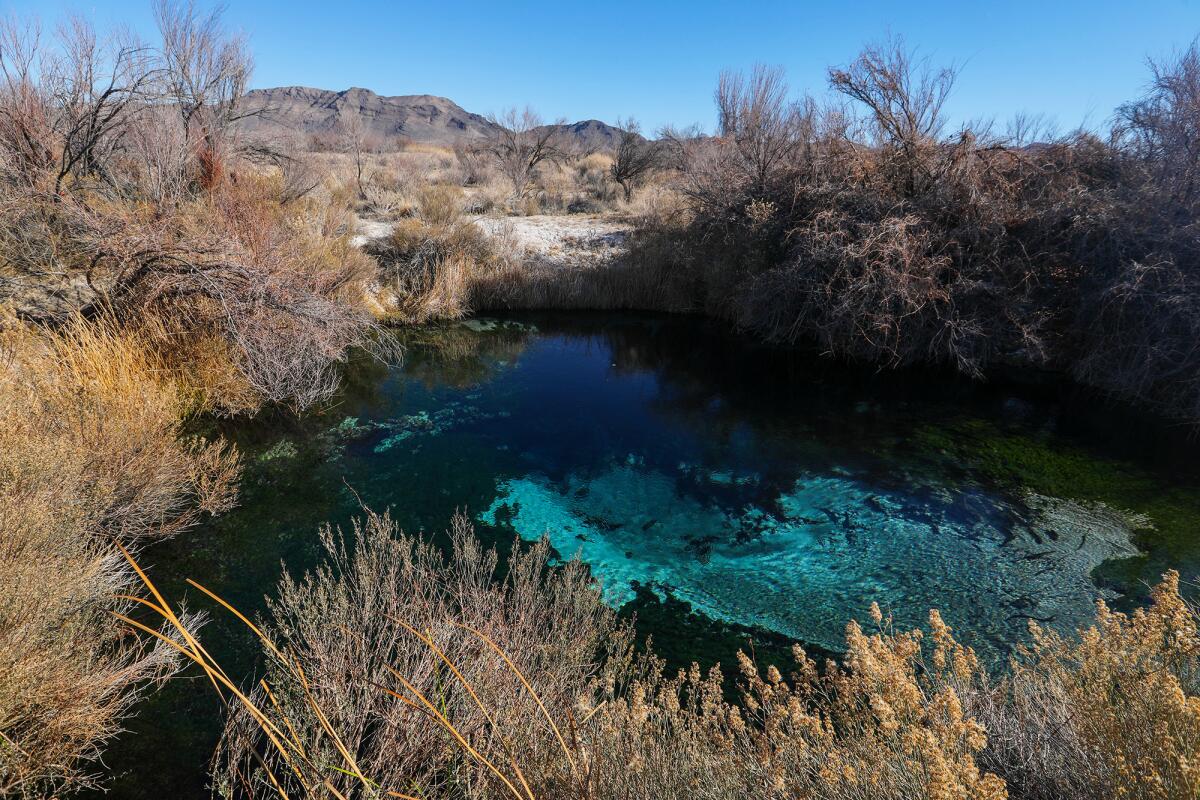
Donnelly was pleased to see the pupfish. But he prefers Ash Meadows in the summer, when native plants are blooming.
“I’m a plant guy. I love plants,” he said.
As far as Donnelly is concerned, the geothermal industry has a “dirty little secret,” which is that its facilities frequently dry up hot springs. He pointed me to a 2000 research paper from the U.S. Geological Survey concluding that when geothermal plants are built, impacts to nearby water features such as hot springs, geysers and steam vents “should be viewed as the rule, rather than the exception.” The paper cited several decades-old examples involving Nevada plants since acquired by Ormat.
“There’s this huge body of peer-reviewed literature,” Donnelly said.
When I asked Ormat’s Thomsen about that literature, he told me the geothermal plants cited in the research paper used an older technology that the company has phased out at most of its facilities. As for Dixie Meadows, he told me Ormat’s flow testing found no direct connection between the deep geothermal reservoir and shallower springs that he said feed the wetlands.
He also noted that Ormat recently reduced the plant’s proposed size from 60 megawatts to 12 megawatts, and that the company agreed to extensive real-time monitoring to ensure the wetlands aren’t affected. He said the monitoring would cost roughly $1.5 million a year during the geothermal facility’s operation, adding to a likely construction cost of around $60 million.
Federal officials, Thomsen said, failed to take those factors into account before protecting the Dixie Valley toad last year.
“We support the Endangered Species Act,” Thomsen said. “We want it to be implemented properly.”
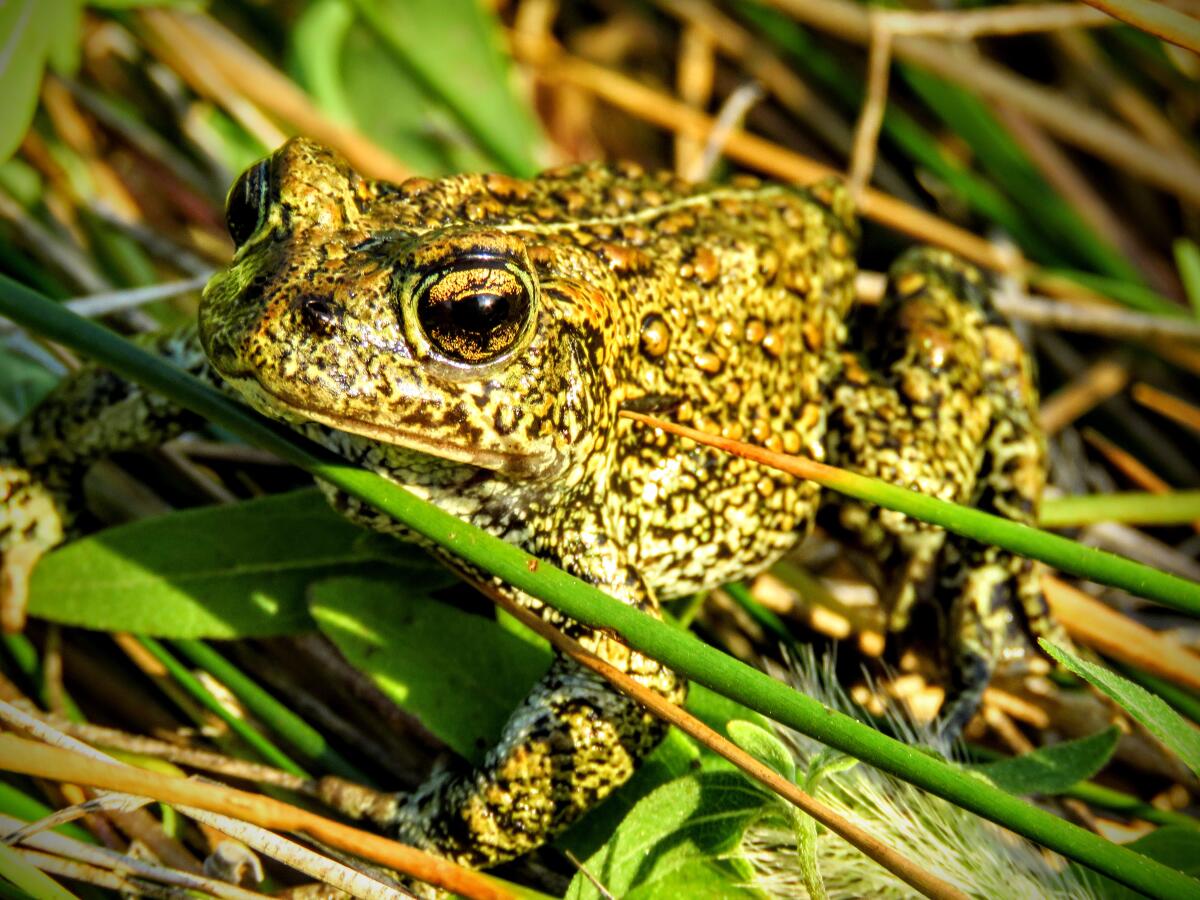
An Interior Department spokesperson declined to comment on Ormat’s 60-day notice warning of a potential lawsuit.
But in its species assessment of the Dixie Valley toad, Interior’s Fish and Wildlife Service cited research that it said showed the springs feeding Dixie Meadows “are not hydraulically isolated from the underlying geothermal reservoir.” As a result, the toad’s wetland habitat “can be impacted by production pumping and/or injection for the geothermal project,” the agency wrote.
Donnelly, meanwhile, pointed me to data showing that temperatures and water levels increased in one spot at Dixie Meadows after Ormat finished flow testing — a possible indication of underground hydraulic links that could put the toad at risk.
“The toads have this incredibly delicate relationship to temperature,” Donnelly said. “If you start cooling off those springs, they might all freeze to death. And if you start heating up those springs, they might all boil to death.”
Asked about the temperature and water level changes, Ormat’s senior legal counsel, Laura Jacobsen, told me via email that small amounts of data from a single spring are “far from sufficient to establish the flow test impacted the springs,” especially with temperature readings “within the variable baseline range for that spring.” The company also pointed me to a Bureau of Land Management document concluding that flow tests “indicate little to no observed changes in spring discharge conditions.”
As for Ormat’s geothermal proposal at Baltazor Hot Springs, Thomsen said the company moved the project to avoid conflicts with the bleached sandhill skipper, the rare butterfly. He also said that although Ormat considered using Baltazor and Dixie Meadows to supply power to Los Angeles, the company ended up using other projects that moved forward faster — a different explanation from what I was given by L.A. officials, who said they rejected Baltazor and Dixie Meadows mostly because of environmental concerns.
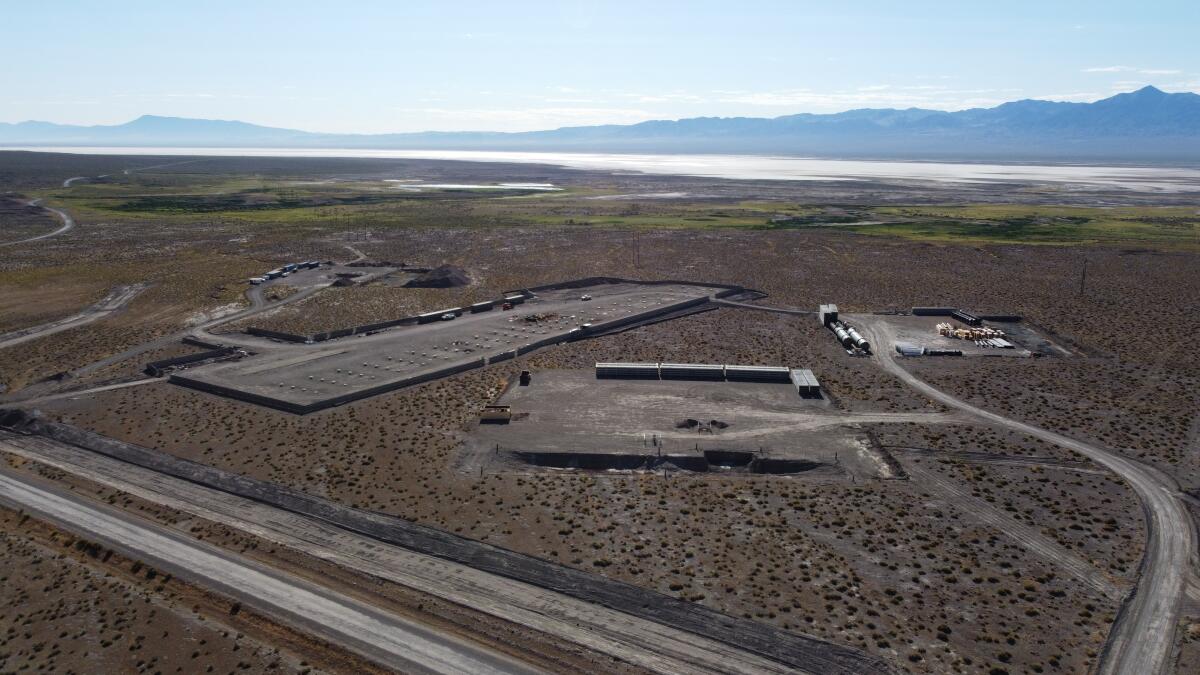
Technical disputes aside, there’s a deeper argument here over how America should meet its clean energy needs.
One way or another, we’ll need to replace the enormous amounts of coal, oil and natural gas that Americans currently burn to keep the lights on, stay warm in winter and move from place to place. The most viable solutions — among them solar panels, wind turbines and electric cars — are far less damaging than fossil fuels. But none come without environmental costs.
Natural ecosystems have been wrecked by fossil fuel extraction and urban sprawl, and they’re beginning to feel the heat from climate change. Conservationists are justifiably determined to limit additional environmental harm from clean energy.
Likewise, renewable power companies working to build projects as fast as possible — and make a tidy profit — are justifiably worried that opposition from conservationists and others could slow the nation’s transition to climate-friendly energy.
What’s happening at Dixie Meadows is only the latest outgrowth of the conflict. It’s also an example of how long these tensions can take to resolve, even as the planet rapidly heats up. Ormat has been seeking federal permission to build since 2015.
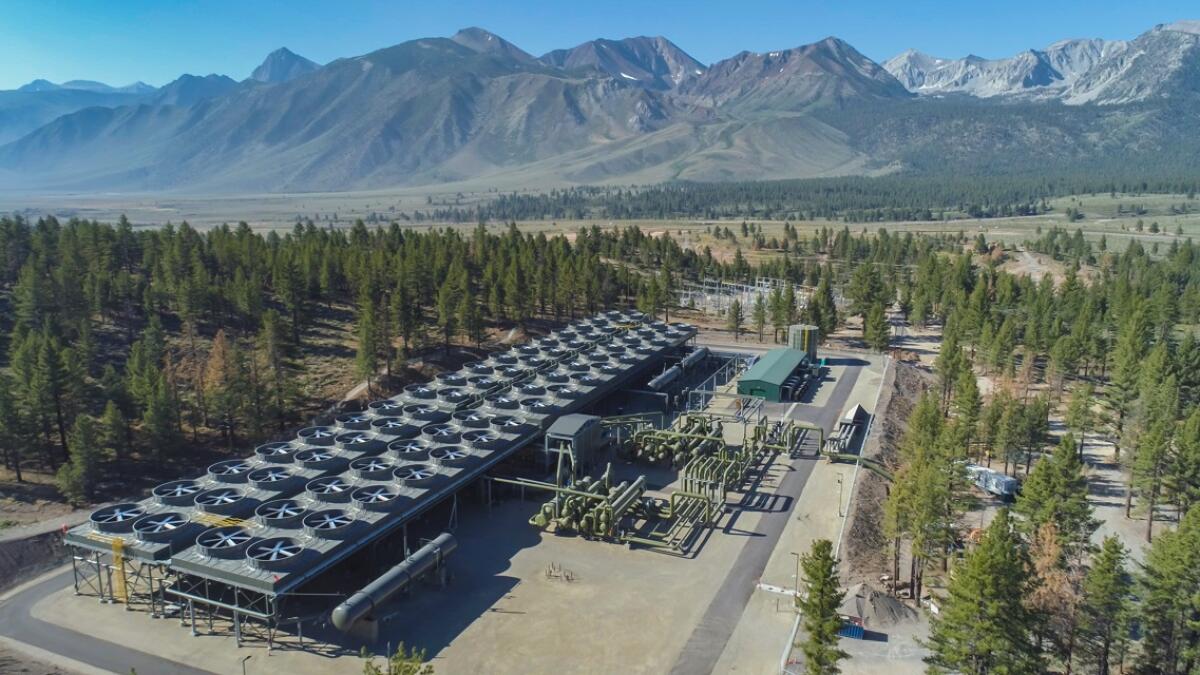
I’ve been shining a light on similar battles across the region through The Times’ Repowering the West series. I’m now writing Part 3, dealing with solar sprawl in southern Nevada. Next month I’ll travel to Idaho to report Part 4, about why the red state’s dominant power company set a goal of 100% clean energy even when lawmakers haven’t ordered it to do so.
In the meantime, Dixie Meadows is far from the only geothermal conflict I’m tracking. Another project contemplated by Ormat could be built just outside Gerlach, a Nevada town best known as the gateway to the Burning Man art and music festival. Local residents and Burning Man leaders are fighting to block exploratory drilling, saying a geothermal plant could industrialize their rural outpost and scare off tourists. The San Francisco Standard’s Maryann Jones Thompson wrote about the controversy.
I was also struck by a recent study from the U.S. Geological Survey, funded in part by Ormat, finding that populations of greater sage-grouse — an iconic Western bird known for its mating dance, and a prime example of the extinction crisis — “declined substantially in years following the development of the geothermal energy plants” in Nevada, as the Geological Survey described the study. The agency has built a mapping tool that it says can help companies find low-impact spots to build geothermal plants.
“It’s great that they’ve developed a tool that can identify areas that are more or less sensitive,” Ormat’s Thomsen said.
Ultimately, that’s what it’s going to come down to: finding the best places to put renewable energy. It’s as true for small-footprint geothermal plants as it is for sprawling solar farms, vast fields of wind turbines and lengthy power lines.
On that note, here’s what else is happening around the West:
MORE FROM NEVADA — AND KAL PENN

Yes, that’s the actor Kal Penn, who worked briefly in President Obama’s White House and is perhaps best known for his starring role in the “Harold & Kumar” film series (although I personally most enjoyed his work on “House”). He’s currently hosting a show on Bloomberg called “Getting Warmer,” which spotlights climate solutions, and last week’s episode focused on electric-vehicle battery recycling in northern Nevada. It’s a worthwhile program, and offered the chance to ask Penn about it, I couldn’t resist. He told me his goal is to offer viewers hope: “I don’t just mean, hey, let’s make a show that makes people feel good. I really do mean, let’s remind folks of the power that they have to influence the system.”
Speaking of hope, I was quoted in this Harper’s Magazine piece by Kyle Paoletta, who makes the case that some climate journalists have swung from overbearing doom-ism to overzealous optimism. It’s a thoughtful article, even though I don’t agree with everything in it. The Washington Post’s Sarah Kaplan wrote a great Twitter thread exploring how the climate outlook has actually improved over the last few years. And personally, I don’t think many journalists are as optimistic as Paoletta claims. It’s not hard to be pessimistic, with the United Nations’ latest climate report — out this week — painting a devastating picture of our planet’s future. We’re probably not headed toward total destruction of the human species, but there’s a lot of death and suffering already underway, and more on the horizon. Every bit of carbon we keep out of the atmosphere reduces that death and suffering.
Getting back to Nevada, the big news out of the Silver State this week was President Biden establishing Avi Kwa Ame National Monument using his authority under the Antiquities Act, which he first promised to do in November. Here’s the story from the Nevada Independent’s Daniel Rothberg, who writes that the 500,000-acre monument protects an area considered sacred by more than a dozen Native American tribes, with Spirit Mountain and the surrounding landscape featuring in many of their creation stories. Biden’s declaration puts the final kibosh on various wind farms that have been proposed for the area. The president also established Castner Range National Monument in Texas, Robert Moore reports for El Paso Matters.
Nevada is a hotbed for geothermal energy generation — but it’s still second to the Golden State. And there’s plenty of new development underway here, too. Down by the Salton Sea, the Australian company Controlled Thermal Resources announced a $1.4-billion deal with Fuji Electric Corp. to help build what would be the area’s first new geothermal plant in more than a decade, per the Desert Sun’s Janet Wilson. Gov. Gavin Newsom visited the project site this week, touting the company’s plans to also extract large quantities of lithium that could fuel electric cars, Wilson reports. Other parts of the West could soon jump on the geothermal train, at least based on this fascinating story from MIT Technology Review’s James Temple, about a startup attempting to tweak geothermal technology so that it’s workable in more places and better able to fill in the gaps between solar and wind.
POLITICAL CLIMATE
Gov. Gavin Newsom has dropped his call for lawmakers to cap oil industry profits, instead striking a deal with legislative leaders to give the California Energy Commission authority to investigate price spikes and possibly limit refinery profits, if the agency determines it’s warranted. Details here from The Times’ Taryn Luna. The compromise reflects Big Oil’s enduring influence in Sacramento, with new data showing that the Western States Petroleum Assn. was the top lobbying spender in 2022 (with Chevron, Pacific Gas & Electric and Southern California Gas parent company Sempra Energy helping to round out the top 10). If Newsom’s compromise plan is approved, oil companies could still seek to have it overturned at the ballot box. But another bill recently proposed in the state Assembly would make it harder for Big Oil and other powerful industries to qualify measures for the ballot, by putting tougher restrictions on paid signature-gathering. Once again, Taryn Luna has the story.
The Biden administration will allow California — and six other states following California’s lead — to fight climate change and cut air pollution by banning the sale of new diesel-burning trucks by 2045. That’s the scoop from the Washington Post’s Anna Phillips, who reports that the Environmental Protection Agency plans to grant the state’s waiver request under the Clean Air Act. Vice President Kamala Harris also had climate on her mind this week, detailing $197 million in federal grants to help communities in 22 states —including California — fortify themselves against wildfires made worse by rising temperatures, The Times’ Courtney Subramanian writes. President Biden, meanwhile, issued the first veto of his presidency, and it was all about climate.
A narrow Supreme Court majority — three liberals and two conservatives — seems poised to endorse the Navajo Nation’s claims to water rights under an 1868 treaty, potentially adding another straw to the Colorado River. That’s my colleague David G. Savage’s read of the oral arguments, at least. He writes that five justices, led by Neil M. Gorsuch and Elena Kagan, “mostly agreed with a lawyer who said there was a 150-year history of broken promises to the Navajo Nation.” Elsewhere on the Colorado, Southern Nevada Water Authority says it will study whether its “third straw” near the bottom of Lake Mead needs to be moved even lower to ensure supplies keep flowing to Sin City, per Colton Lochhead at the Las Vegas Review-Journal. Maybe it would help if more agriculturalists took after Dax Hansen, who draws water from a Colorado River tributary in Arizona and was certified as the first organic regenerative farmer in the Southwest. The Arizona Republic’s Jake Frederico told his story.
AROUND THE WEST
What does environmental racism look like? It looks like Pajaro, where a history of government neglect has resulted in flooding and displacement for a community of farmworkers, many of them undocumented. The Times’ Susanne Rust and Ruben Vives wrote about the suffering, explaining that runoff from California’s record storms “has left large areas of the low-income and mostly immigrant community under several feet of water, and facing a long recovery.” In the San Joaquin Valley, meanwhile, residents of Allensworth — the state’s first town to be founded by Black Americans — scrambled to plug broken levees without much help from government, my colleague Ian James reports. That’s not great. At the same time, government may not be enough. L.A. Times columnist Erika D. Smith thinks climate change will require neighbors and nonprofits to step up, writing, “If we’ve all learned anything this year, it’s that emergency workers can’t be everywhere to help everyone all at once.”
The epic rain is clearly creating problems, but at least some of the water can be put to good use. California is sending more floodwater than ever to farm fields where it can slowly percolate underground, recharging depleted aquifers and creating habitat for migratory birds at the same time, Ian James writes. But it’s not always possible to harness floodwaters — including along the Los Angeles River, which was lined with concrete in the 1930s to funnel storm runoff to the ocean as quickly as possible. With storms getting bigger and more intense due to climate change, though, the river is increasingly prone to flooding despite all that concrete, The Times’ Louis Sahagún reports — especially along the soft-bottom Glendale Narrows section.
Regulators in the San Francisco Bay Area have banned the sale of most new gas water heaters starting in 2027, and new gas furnaces starting in 2029. More details here from Claire Hao at the San Francisco Chronicle. This is only the latest victory for climate and clean air activists, who have been pushing gas bans across the country. But natural gas companies have won plenty of battles, too. Nick Bowlin reports for High Country News on the gas industry’s successful efforts to block bans in Colorado and Arizona cities, and the Guardian’s Nina Lakhani writes that Arizona regulators may revisit an earlier decision rejecting a gas plant in a historically Black community. In California, meanwhile, state officials say an investigation into recent gas price spikes could take three years to complete. And San Diego-based Sempra Energy continues to derive huge profits from gas, with the Union-Tribune’s Rob Nikolewski reporting that the company will build another export terminal on the Gulf Coast to ship the fuel to Europe.
An intriguing study finds that mountain lions are less likely to be killed by humans in parts of California where voters have supported pro-environment ballot measures. My colleague Sean Greene wrote about the study, which suggests human attitudes toward the big cats — and public policies designed to protect them — can play a significant role in their survival.
ONE MORE THING

Last week, I offered a glowing review of “Extrapolations,” a star-studded new show on Apple TV+ offering a scary vision of how the next 50 years might play out as the world continues to warm. I called it “the climate change TV show we desperately need.”
Not everyone was so enamored. Writing for Heatmap — an exciting new climate journalism startup — Jeva Lange described the program as “ridiculous” and “terrible,” saying it offers far too much gloom and doom and not nearly enough hope.
“Alarmism is an easy, familiar story. But there are better ones out there. They’re just still waiting to be told,” she wrote.
It’s a reasonable criticism. Personally, though, I continue to believe we need all types of climate stories for all types of people. “Extrapolations” may be a dud or a nonstarter for some audiences, but I suspect it will be deeply engaging for others.
And as I’ve written previously, the news media need to tell better climate stories, too. A new analysis from Media Matters finds that 80% of guests on network news climate segments in 2022 were white — and 57% were white men, Nada Hassanein writes for USA Today. Perhaps not surprisingly, network news featured hardly any discussion of climate injustice. That’s not good.
We’ll be back in your inbox on Thursday. To view this newsletter in your Web browser, click here. And for more climate and environment news, follow @Sammy_Roth on Twitter.
Toward a more sustainable California
Get Boiling Point, our newsletter exploring climate change, energy and the environment, and become part of the conversation — and the solution.
You may occasionally receive promotional content from the Los Angeles Times.




